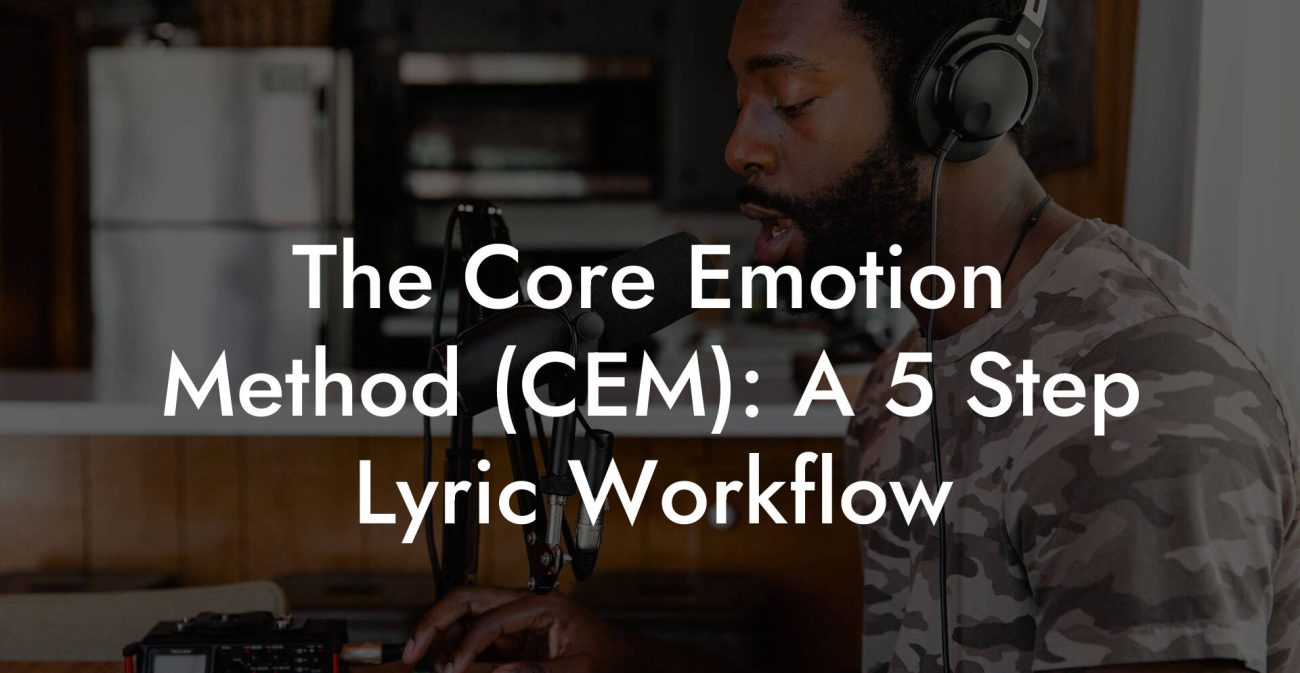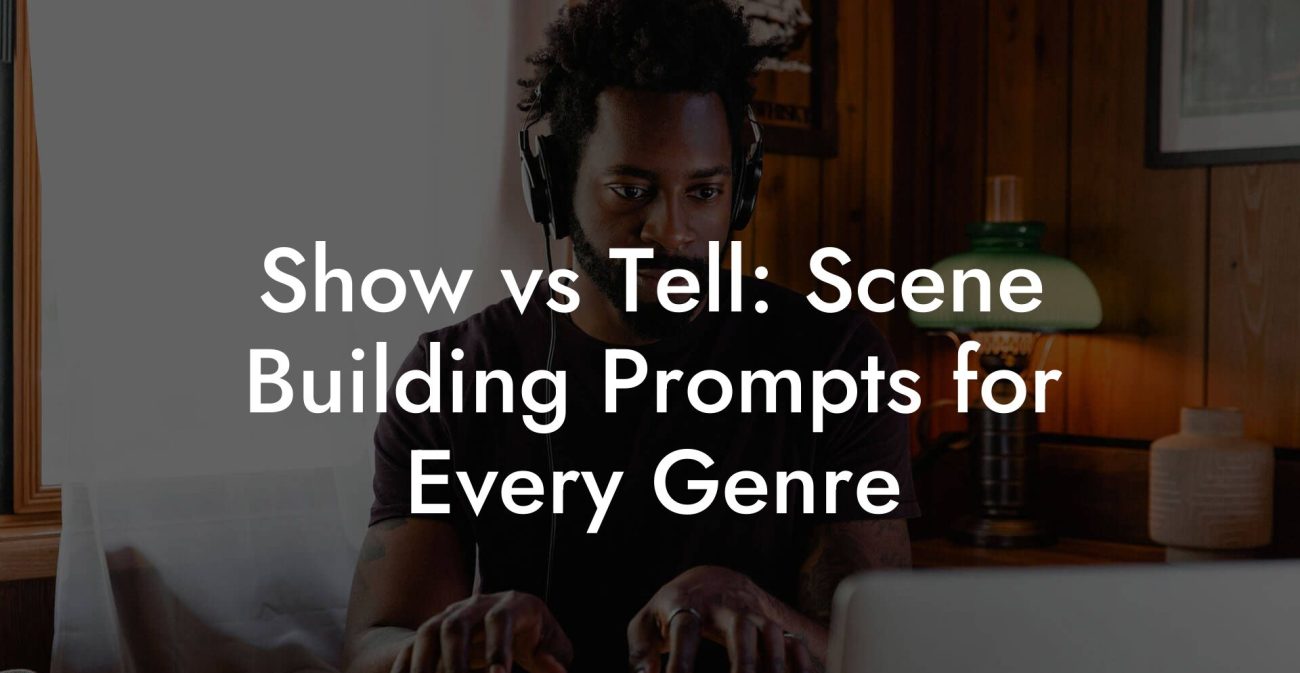Songwriting Advice
How to Write Lyrics People Tattoo on Their Bodies

You want a line that someone will run to a tattoo artist and say I want this forever. You want words that survive relationships, bad jobs, messy apartments, and questionable haircuts. You want something that reads clean on a wrist and sounds true when whispered at 3 a.m. This guide gives you the writing tools, editing checklist, and real life tests so you can write tattooable lyrics that feel inevitable and not try hard.
Quick Interruption: Ever wondered how huge artists end up fighting for their own songs? The answer is in the fine print. Learn the lines that protect you. Own your masters. Keep royalties. Keep playing shows without moving back in with Mom. Find out more →
Quick Links to Useful Sections
- Why People Tattoo Lyrics
- What Makes a Lyric Tattoo Worthy
- Brevity is a superpower
- Imagery beats explanation
- Ambiguity that invites meaning
- Anatomy of a Tattooable Lyric
- The hook line
- Prosody and rhythm
- Step by Step Method to Write Tattooable Lyrics
- Editing Checklist for Tattoo Lines
- Before and After Examples You Can Steal
- Design and Placement Tips When You Talk With Your Tattoo Artist
- Legal and Copyright Considerations
- How to Test a Lyric Before You Commit to Ink
- Common Mistakes and Instant Fixes
- Exercises and Prompts to Generate Tattooable Lines
- Object anchor
- Two word ladder
- One breath challenge
- Memory snapshot
- How Lyrics Age on Skin and How to Write for Longevity
- Tattoo Scenario Planning
- Scenario one
- Scenario two
- Scenario three
- FAQ
- Action Plan You Can Use Today
This is written for millennial and Gen Z writers who want memorable lines that mean something. Expect blunt examples, tiny exercises, and a few laughable scenarios that prove a point. We will cover emotional clarity, sonic shape, length rules, layout with tattoo artists, legal basics, and a final testing routine that prevents regret.
Why People Tattoo Lyrics
People tattoo lyrics because words do work like talismans. A line can become a memory anchor, an identity badge, a protest slogan, and a prayer all at once. Songs live inside bodies. Tattoos make that private song visible to the world. Understanding the psychology helps you craft lines that stick.
- Identity People wear words to declare who they are or who they were. A lyric can say I survived or I belong to something.
- Memory A lyric can hold a night, a person, or a truth. It freezes feeling into a readable shape.
- Ritual Ink is a ritual of commitment. That changes how people choose lines. They pick words that feel like vows or tiny spells.
- Social proof A tattooed lyric signals taste and membership. It can be inside joke or a public stance.
Real life example: Your friend gets a line from an old beltless emo record on their ribs. Two months later they sing it at karaoke and cry. The line is now a private key that opens all their December nights. That is what you are aiming for.
What Makes a Lyric Tattoo Worthy
Not every pretty phrase survives the test of skin. Tattoos are permanent and literal. The best tattoo lines share a few traits that you can write for on purpose.
- Brevity Short lines read better on small canvases. They also carry weight. Short does not mean shallow.
- Emotional clarity The line should feel like a single feeling or claim. Mixed feelings are fine as long as they sit under one roof.
- Specificity Concrete detail beats abstract moralizing. Phones, names, times, objects and small actions create images that stick.
- Singability Rhythm and vowel choices matter. A line that is easy to say aloud is easier to love.
- Ambiguity that invites meaning A little room for interpretation makes people personalize the line. Too literal and someone else can steal the moment.
- Visual layout Some lines break beautifully into two lines on skin. Consider how words stack.
Brevity is a superpower
Think about the tattoos you remember. Most are six words or fewer. A short line reduces risk. It fits many placements. It reads quickly on a passing glance at a coffee shop. This is not about being lazy. It is about pressure polishing the phrase into something pure.
Examples that work well on skin
- We drove until we forgot the map
- Find me where the light is
- Stay soft
- My hands know where home is
Imagery beats explanation
Compare these two versions of the same idea. Which looks better on skin?
Less good: I will not let sadness win
Better: I feed the rain to my plants
The second line is a tiny scene. It implies survival without saying survival. Tattoo readers like to be pulled into a picture.
Ambiguity that invites meaning
Lines that are too explicit become boring. Lines that leave a hook let the wearer and the viewer attach their own history. A line like I miss the space between us works because it is vague enough to fit different breakups and friendships.
Anatomy of a Tattooable Lyric
Break the line into parts. When you write with anatomy in mind you get fewer regrets on the table at the artist.
- Anchor word The core idea or image. This is the word the brain remembers.
- Gesture The small rhythmic shape that makes the line sing in your head.
- Detail The object or action that gives the anchor weight.
- Space Where the line will break on skin. Two line breaks are better than one long sentence for readability.
The hook line
The hook is the single sentence you expect strangers to quote back. It carries the emotional load. Think of it as a sentence version of a chorus. It does not need to rhyme. It needs to land on an open vowel or a satisfying stop.
Good hook examples
- Call me if you forget how to breathe
- We were loud enough to wake the moon
- I kept your lighter under glass
Prosody and rhythm
Prosody is the matchmaker between words and music. For tattoos prosody becomes mouth friendly shape. Speak your line out loud. Notice where your voice wants to pause. Those are the places the artist will break lines and the eye will rest.
Tips
- Choose open vowels for highs. Ah oh and ay travel well when you whisper them in a bar bathroom.
- Avoid crowded consonant clusters that look ugly in small script.
- Internal rhyme can make a line sing with no melody. Tiny echoes like sun and run or name and same feel pleasing.
Step by Step Method to Write Tattooable Lyrics
Use this workflow when you have an idea. It moves quickly and gives a finished candidate you can show a friend or a tattoo artist.
- Start with one feeling. Write one sentence that names the feeling you want the line to carry. Example: I want a line that says survival and tenderness at once.
- List three concrete images. These are small objects or scenes related to the feeling. Example: the kettle, a cracked cup, a bus at dawn.
- Write ten raw lines in five minutes. Do not edit. Use the images. Keep each line to one clause when possible.
- Read them aloud. Cross out any line that is hard to say or breathless. Keep the ones that make you smile or wince.
- Shortlist three. Now play with word order to tighten the rhythm. Remove filler words like very really and just.
- Test the vowel. Replace hard vowels with open vowels where you want sustain. Example change I kept the rain at my feet to I keep the rain at my feet if you want present tense clarity.
- Try line breaks. Decide where the phrase will split into two lines on skin. Try both stacks and single line versions.
- Get a readability check. Show the three lines to a friend and ask what they think it means. If answers wildly differ you can keep the ambiguity or you can tighten the image depending on your goal.
- Lock the final candidate. Remove one adjective. If it still reads strong you have stripped the fluff.
- Send to a tattoo artist. Ask for recommendations on font and size and test a stencil.
Editing Checklist for Tattoo Lines
Before you commit to ink run this checklist. Tattoos are final enough that a tiny edit now spares a lot of regret later.
- Remove voice fillers. Delete really very kind of and just.
- Confirm tense. Present tense reads immediate. Past tense reads like memory.
- Check ambiguity. If you want a private hook keep it slightly vague. If you want a clear statement say it plain.
- Run a breath test. Say the line in one breath while standing. If it chokes or feels rushed add a comma or split lines.
- Try multiple fonts digitally. Script can look gorgeous and mushy at small sizes. Serif may read better over time.
- Spell check names and foreign words. Mistakes here become legendary for the wrong reasons.
Before and After Examples You Can Steal
Below are sloppy first drafts and cleaner versions designed for skin. Learn the moves. You will see the same edits you should be doing.
Idea: Leaving and staying soft
Before: I am trying to be soft but I also walk away when I need to
After: I stay soft and I go
Idea: Memory of a summer
Before: The summer we had was small and important and I still remember the street lights
After: We stole a summer and kept the streetlights
Idea: Self permission
Before: I give myself permission to leave the door open when I feel brave
After: I leave the door open
Idea: Grief and gratitude
Before: Even when I miss you I am grateful for the way you taught me to laugh
After: I miss you then I laugh
Design and Placement Tips When You Talk With Your Tattoo Artist
Words on skin need to survive movement and time. Talk with your artist about these details. They will save your line from blurring into nonsense.
- Font choice matters more than you think Script fonts can look elegant but they blur faster than block fonts. Curvy letters that connect are cute until they smudge into spaghetti.
- Letter size and spacing Small letters are vulnerable to blurring. For wrists and fingers choose slightly bigger letters than you think you need. Ask the artist to show a stencil on your skin.
- Placement decisions Inner arm and ribs age better than fingers and the side of the foot. If you want something discrete choose the inside of the wrist or the collarbone. If you want something that reads long term avoid spots that stretch and crack a lot.
- Line breaks and stacking Two short lines often read cleaner than a single long one. Test how the words stack with the artist by drawing them on your skin with a marker.
- Ink color Black has the best longevity. Colored ink can be gorgeous but may fade faster and change tone over time.
- Ask for a digital mockup Good artists will place the font onto a photo of your body so you can preview placement and size.
Legal and Copyright Considerations
Quick reality check. You can legally get a copyrighted lyric tattoo on your body for private use. Selling merchandise or using the line commercially may require permission from the copyright holder. If you plan to put the lyric on shirts or sell prints check the license. When in doubt ask a lawyer or contact the publisher. For most people the risk is minimal for personal tattoos. If the line you want is iconic and short it may still be safe but the moral and financial questions are separate from the practical writing questions in this guide.
How to Test a Lyric Before You Commit to Ink
Testing prevents regret. Tattoos feel great in the moment and strange later. Do these simple tests.
- The mirror test Write the candidate on your skin with a marker. Live with it for a week. If you still love it you are closer to ready.
- The note test Put the line as the first line in your phone notes. Read it every morning for ten days. If it still lands, proceed.
- The friend test Show the line to three people you trust. Ask one question. What does this mean to you. If answers align with your intent you are safe. If they do not you either embrace the ambiguity or refine the line.
- The context test Say the line out loud in different moods. At a funeral at a party and when angry. If the line still feels honest you are doing well.
- The font test Print the line in different fonts and sizes and tape each mockup to your skin. Walk around for a day and see which feels natural.
Common Mistakes and Instant Fixes
Here are common traps new lyric writers fall into and how to escape them.
- Too long Fix by trimming to the essential image. Remove adjectives and clauses that do not change the meaning.
- Too abstract Fix by adding one small concrete object. Swap love for the kettle or the blue scarf.
- Bad prosody Fix by reading aloud and moving stressed words to natural beats. Reorder words until the line rolls off your tongue.
- Poor font choice Fix by consulting your artist. Ask for serif or simple script that reads at small sizes.
- Impulse ink Fix by waiting. Sleep on it for two weeks. If you still love it after that schedule the appointment.
Exercises and Prompts to Generate Tattooable Lines
Use these timed drills to force decisions. Time and constraint make better sentences.
Object anchor
Pick one small object within reach. Write ten lines where that object does something. Time ten minutes. Then pick the best line and trim it to its core.
Two word ladder
Pick two contrasting words like storm and tea. Write five lines that put them together. See which phrase creates a surprising image. Tighten it to one short line.
One breath challenge
Write a full lyric that can be said in one breath. If it chokes add a comma break or move a word. This exercise forces prosody clarity.
Memory snapshot
Close your eyes. Find the sharpest memory from last winter. Write one sentence that describes the image without naming the people. Prefer objects. Use no more than ten words.
How Lyrics Age on Skin and How to Write for Longevity
Tattoos change. Lines blur and skin shifts. Writing with longevity in mind reduces disappointment years from now.
- Choose sturdy words Letters with open counters like a e o are friendlier than many closed letter shapes when small.
- Avoid extreme tiny script Fine line tattoos can look stunning now and fuzzy later. If you want it fine consider placement and touch up plans.
- Phrase for multiple seasons Avoid slang that might date you. If you want youth flair pick words that still carry weight in five years.
- Plan for touch ups Tattoo artists expect to touch up text. Budget for one follow up session to sharpen edges.
Tattoo Scenario Planning
Here are realistic scenarios to help decide your style and content.
Scenario one
You want a public statement like I will not be quiet. Choose large letters on the forearm or chest. Use a bold clean font. Keep the grammar tight. Do not use a long sentence.
Scenario two
You want something private that only friends will notice. Choose the rib or the inside of the wrist. Keep it short and slightly ambiguous. Use a delicate script but confirm readability.
Scenario three
You want to memorialize a person. Use a line that evokes a habit or a small thing they did. Your line should be specific. Names are fine. Ask permission from family if the memorial will be public and sensitive.
FAQ
Can I legally get copyrighted lyrics tattooed on my body
In most places you can get a copyrighted lyric tattooed on your body for private use. Problems arise if you try to reproduce the lyric commercially. If you plan to make money with the lyric consult a lawyer or discuss licensing with the copyright holder. For a personal tattoo the legal risk is low but the ethical and emotional questions remain yours to answer.
How long should a tattoo lyric be
Short is better. Aim for one to eight words for small placements. Up to twelve words can work for shoulder and chest areas with careful font choice. A phrase that fits on two small lines often reads best. The fewer words you use the more each word will carry weight.
What font should I choose for a lyric tattoo
Pick a font with clear letter shapes. Simple serif or clean script fonts usually work. Avoid ornate fonts with thin strokes if you want the tattoo to age well. Ask your artist for stencil samples on your skin. Test at the exact size the tattoo will be before you commit.
How do I avoid regretting a lyric tattoo
Wait two weeks. Try marker tests on skin. Read it aloud in different moods for ten days. Show it to three people you trust and ask one question about meaning. If it still lands after these tests you have minimized impulse mistakes.
Can a lyric be too poetic for a tattoo
Yes. Overly ornate sentences can become unreadable when reduced to small text. Poetic imagery is good but keep the sentence structure simple. Think about how the line will be split into two lines on skin. You want surviving clarity after time and movement.
Action Plan You Can Use Today
- Pick one feeling you want the line to hold. Write it in plain language.
- List three small images that connect to that feeling.
- Write ten lines in ten minutes using those images.
- Read them aloud and pick three. Trim each to ten words or fewer.
- Mock up each line in two fonts and tape them to your skin. Walk with them for a day.
- Show the best candidate to three people and ask what it means to them. Decide if you want ambiguity or clarity.
- If still in love after two weeks book a consult with a tattoo artist and ask for a stencil trial.





